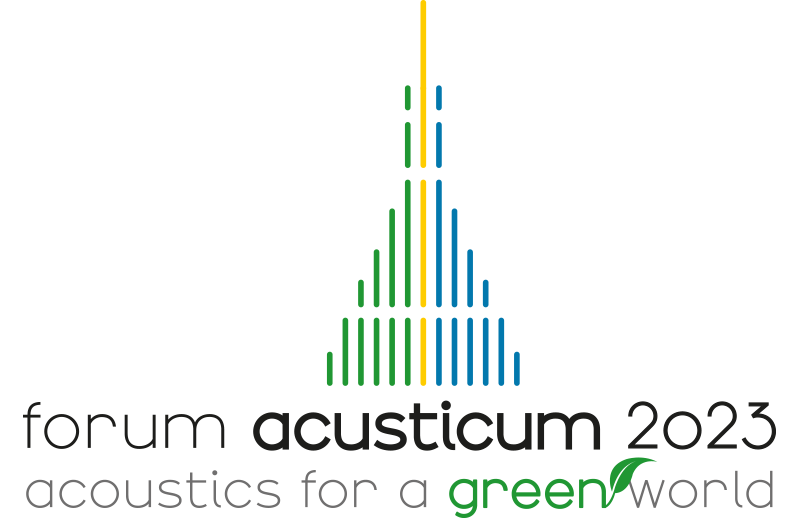

European Acoustics Association
Forum Acusticum 2023
Politecnico di Torino
Torino, Italy
September 11 - 15, 2023
 |
 |
Proceedings of the 10th Convention of the European Acoustics Association Forum Acusticum 2023 Politecnico di Torino Torino, Italy September 11 - 15, 2023 |
|
Abstract The Binaural Rendering Toolbox (BRT) is a set of software libraries, applications, and definitions aimed as a virtual laboratory for psychoacoustic experimentation. The BRT is developed in the framework of the SONICOM project (www.sonicom.eu) and will include the algorithms developed in the 3D Tune-In Toolkit (https://github.com/3DTune-In/3dti_AudioToolkit) in a new open, extensible architecture. At the core of the BRT Toolbox, a library provides C++ implementations of listener models, source models, and environment models, including a growing collection of portings to different audio frameworks such as PureData, MaxMSP and VST plugins, by means of the Avendish library. In addition, the BRT also includes an application controlled via the Open Sound Control (OSC) protocol. This paper describes the architecture of the BRT, its main features, and how to apply it to conduct psychoacoustic experiments such that, when sharing the used configuration, their reproducibility is facilitated. Moreover, the toolbox provides a complete trace of the experiment including the delivered binaural audio, annotated with the listener and source movements. For this purpose, a new convention of SOFA is proposed to store dynamic measurements, facilitating their use in the Auditory Model Toolbox (AMT). |
||||||||||||||||||||